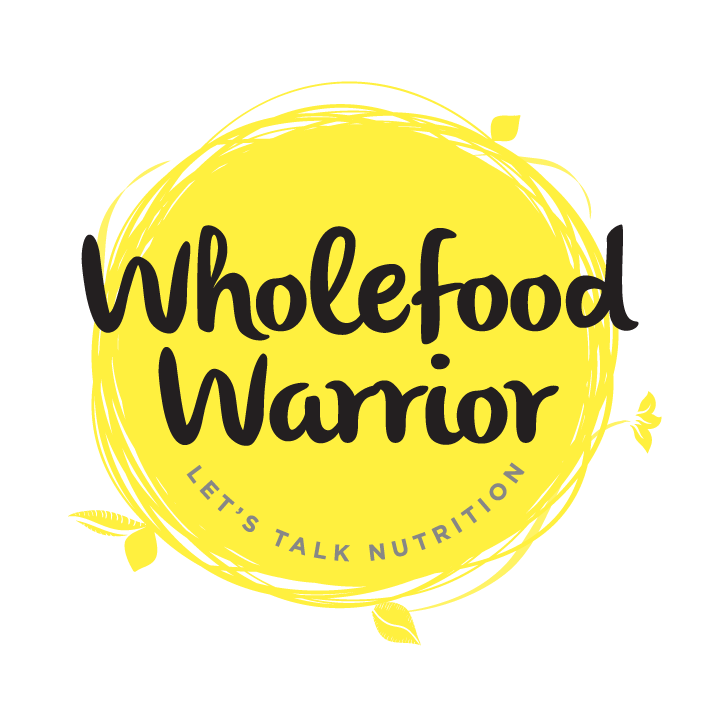Soups are an actual necessity of warmth and comfort when the weather is cold.
Sadly, not many soups tick all of the nutrition boxes, which may mean one may start feeling hungry a short while after eating them.
Luckily, minestrone is pretty stellar.
It brings together an array of whole food ingredients, as well as the right combination of veggies and protein-containing beans to create a nourishing and warming bowl of food that’s perfect in winter. Or any season for that matter.
It ticks the box for:
- veggies - 3 portions
- antioxidants - thanks to the herbs, veggies and optional drizzle of olive oil
- protein - hello beans
- it is packed with gut-supporting fibre
- flavour
- comfort
Before you go on to the recipe, there is a small disclaimer: if you are of Italian heritage, please look away now.
This version of minestrone is far thicker than regulations permit and uses many shortcuts to make cooking this delicious soup much easier.
If you aren’t fond of thick soups, then feel free to add more water.
I quite enjoy the consistency being somewhere between a soup and a stew.
To the recipe:
Ingredients for 4 portions
1 medium onion
1 clove of garlic, peeled and sliced
1 bay leaf
1 little sprig each of rosemary and thyme
2 medium carrots, roughly chopped
2-3 sticks of celery, blend it into a paste if you don’t like celery, otherwise roughly slice it
120g pasta of your choice, I used small flower shapes
2 tins of any beans, I used butterbeans and white kidney beans
1 tin of plum tomatoes or chopped tomatoes
1/2 small savoy cabbage, roughly sliced
Around 4 tins of water. I made a thick version of minestrone that was more like a stew so if you prefer a soupier soup, then add more water. Just remember: more water = more salt & pepper required.
Sea salt & black pepper to season
Olive oil for cooking & drizzling
Optional toppings (recommended)
Freshly chopped parsley
Parmesan cheese
Lemon zest from an organic lemon
Bread of your choice
Method
For a video explainer go here: Minestrone Reel
1. Grab a large pan.
2. Add a couple of tablespoons of olive oil, the onion, garlic and herbs.
Turn the heat on to medium and cook for a couple of minutes.
3. Add the carrot, celery and cook for a further 5 minutes.
Stir it every now and then to stop things from catching on the bottom of your pan.
4. Add the tinned tomato and a tin of water.
If you are using plum tomatoes, then break these up roughly by stabbing them with a wooden spoon as you are stirring the soup. It’s nicer to have a few chunks of tomato, so don’t go too wild with the prodding.
5. Add the 2 tins of beans and another 2 tins of water.
Stir well.
6. Add the pasta.
Stir well again.
7. Season the soup really well. Remember this is at least 4 portions and it contains a lot of water so it will need a decent quantity of sea salt and freshly ground black pepper.
8. Add the sliced cabbage and another tin of water.
9. Put a lid on the pan and allow everything to cook for 10 minutes.
10. Taste the soup to check the seasoning. Unless you went wild with the salt and pepper earlier then chances are it’s going to need a bit more seasoning. Season it, stir it and taste it again.
11. Serve with grated parmesan, lemon zest, parsley and chunky bread.
The soup stores well in the fridge for 3 days.
I haven’t tried freezing it.





